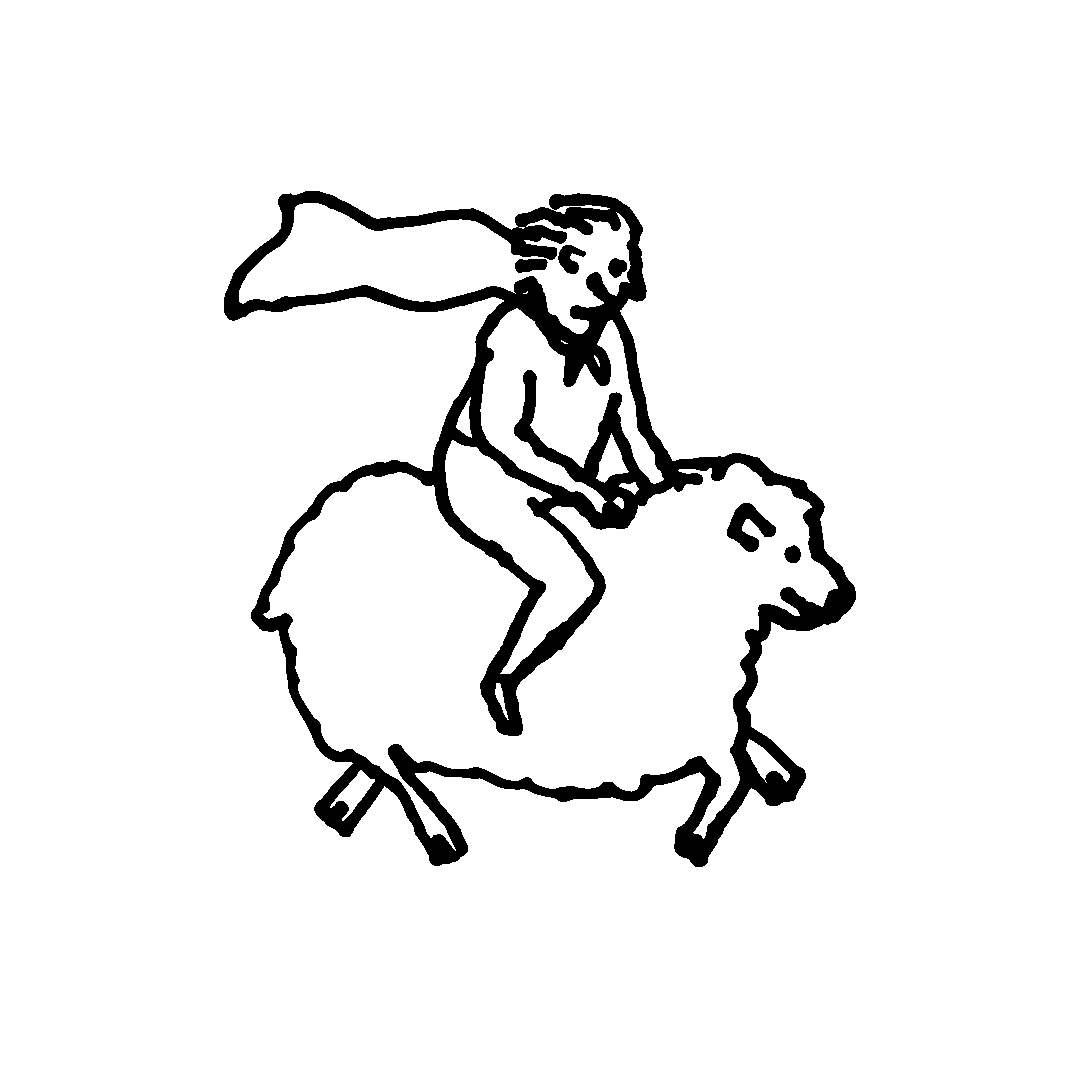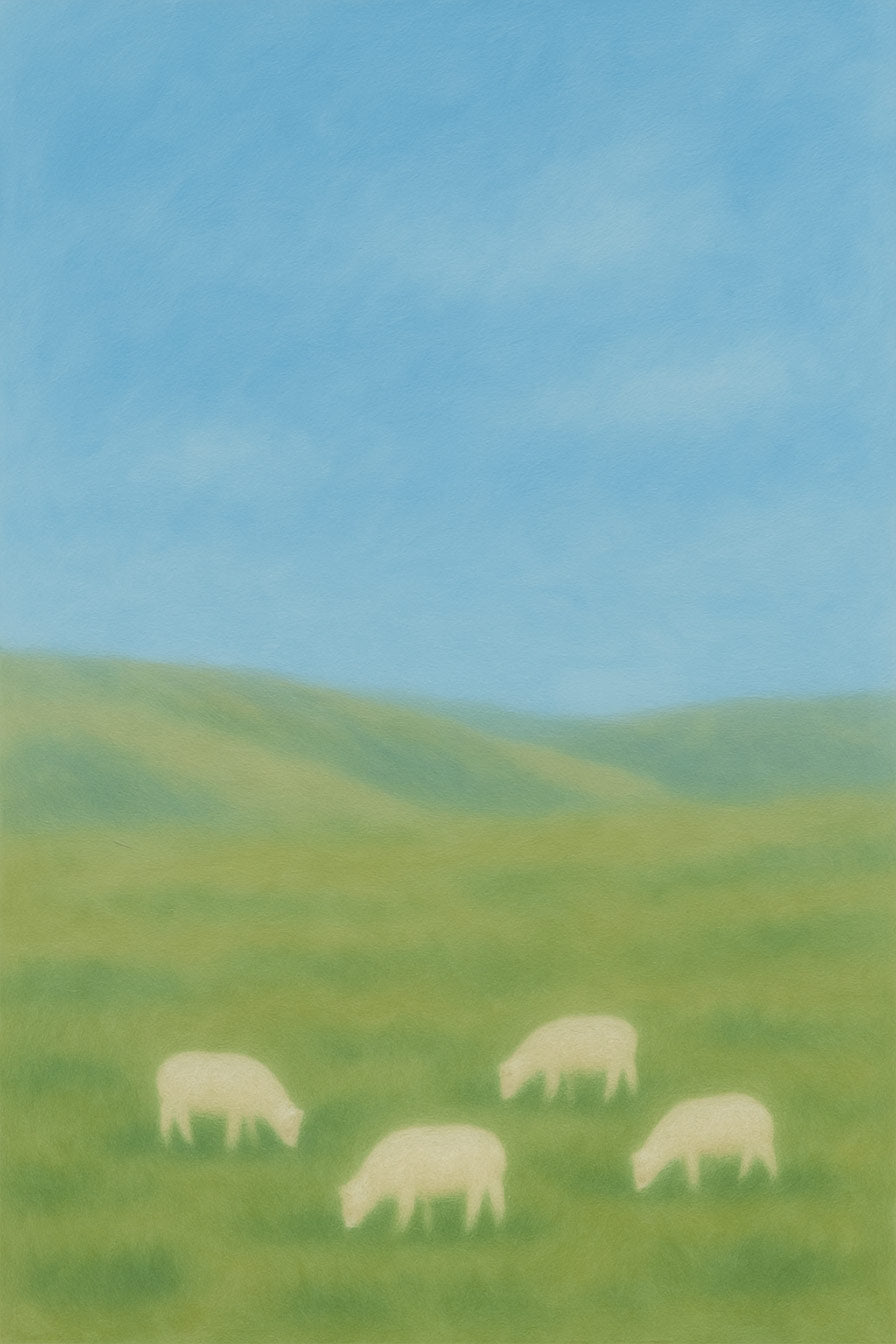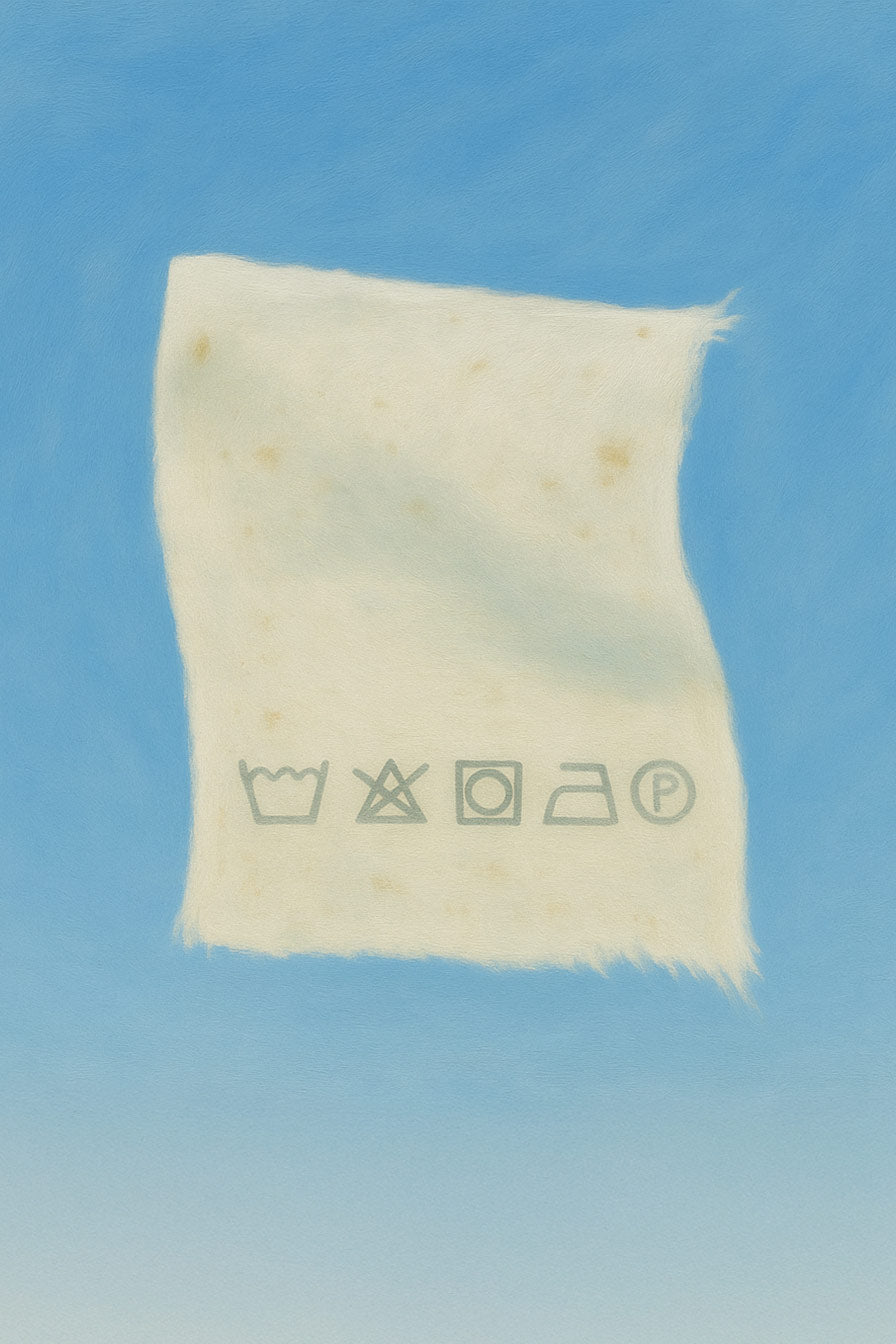On Quiet Luxury and the Question of Real Quality
Let’s talk about quiet luxury — which, if you're keeping up with fashion discourse circa 2025, has officially graduated from “emerging microtrend” to the “default aesthetic signal for those who've finally realised wearing logos the size of small billboards no longer implies good taste”.
What is it? In short: less branding. More beige.
Logos subtle enough they practically require forensic expertise. A sophisticated performance of wealth that pretends not to perform at all. It whispers where others shout. Which, yes, sounds delightfully restrained and elegantly confident.
But — here's the uncomfortable part — beneath the carefully ironed linen, there's a quiet irony no one's willing to address. A sort of structural blind spot that hovers just outside the curated linen drapery.
A quick Google of Quiet Luxury offers you:
- “A focus on quality and craftsmanship”
- “Classic, timeless designs”
- “Muted colors and understated elegance”
- “Subtle signaling of wealth”
- “Premium fabrics”
Which sounds wonderful, except:
Quiet for whom?
Sure, the aesthetic volume has been dialed down — the palette dulled, silhouettes “elevated” (whatever that means) — but the systems beneath? The materials used, the miles travelled, the human hands involved? Those, in most cases, remain very much the same.
Which is to say: opaque. Synthetic-heavy. Unscrutinized.
And ultimately built to look expensive — not to be better.
In today’s landscape, can we even call a fabric “premium” without asking how it was sourced, how its workers were treated, how it travelled to your closet? And let’s face it: some of the brands you think of when you hear “quiet luxury” aren’t exactly known for an immaculate record on human rights or environmental impact.¹







